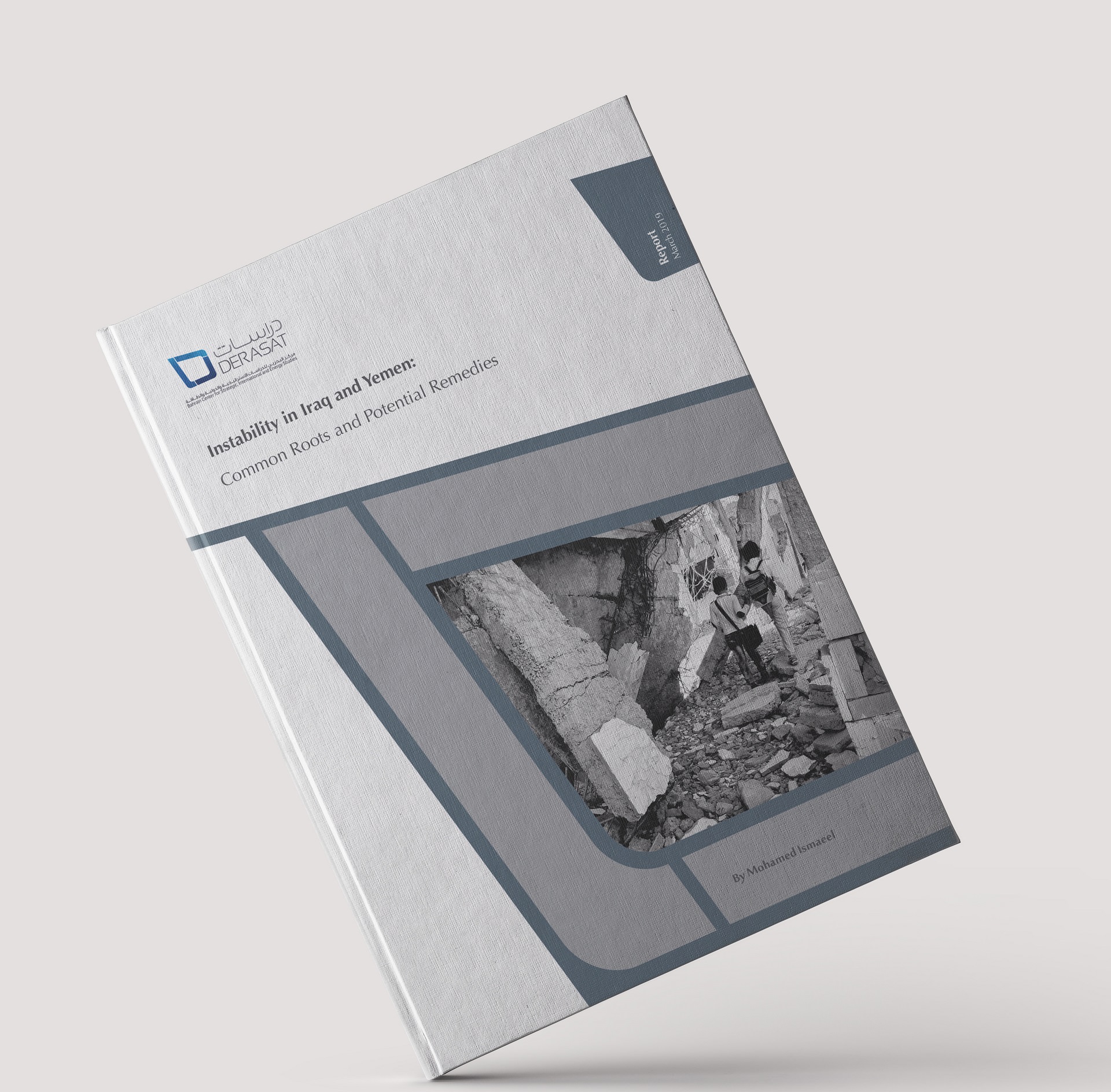
This recent report by DERASAT Analyst, Mohamed Ismaeel, analyses the conflict in Yemen, particularly considers Iran’s role and looks at potential conflict resolutions.
Abstract
This report looks into the common reasons for the current conflicts in Iraq and Yemen, and presents ways in which the conflict can be resolved. Specifically, it notes the role Iran has had in negatively affecting both countries, through both direct and indirect support for nefarious state and non-state actors. It also focuses on how Iran is spreading its malign influence in the region, how it has positioned itself to benefit from instability and strife in neighbouring states, and has an active hand in creating said instability. The report looks at the theory of state capture, and expands it to ‘external state capture’, which it argues that Iran is attempting in both Yemen and Iraq. The report also focuses on Iran’s wish to expand the Shia Crescent. It highlights the vitality of regional stability for the continued progress and prosperity of Gulf states, and how the Gulf states have attempted to play a stabilizing role in the region in the face of Iranian and Iranian-backed aggression.

Mohamed Ismaeel, Analyst



